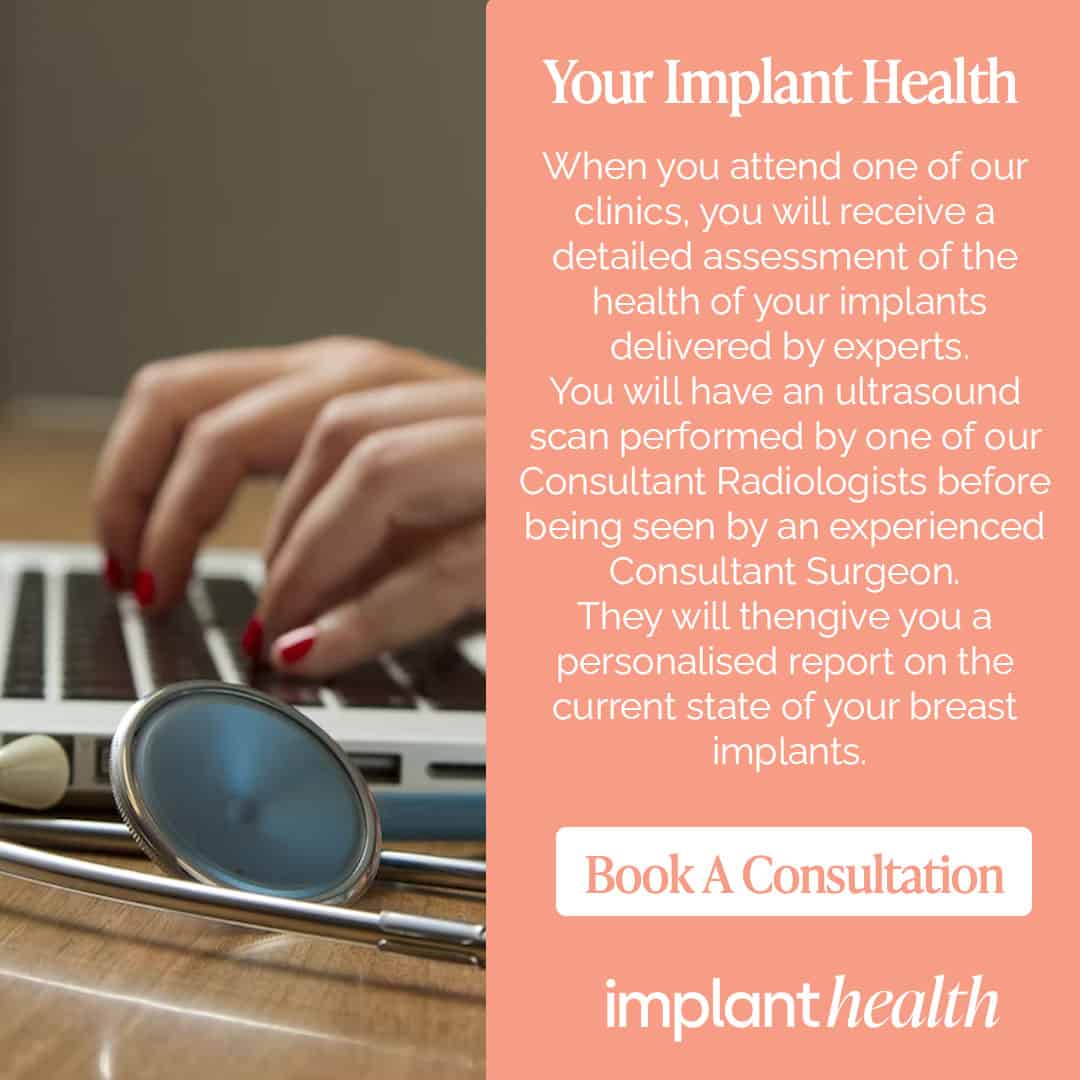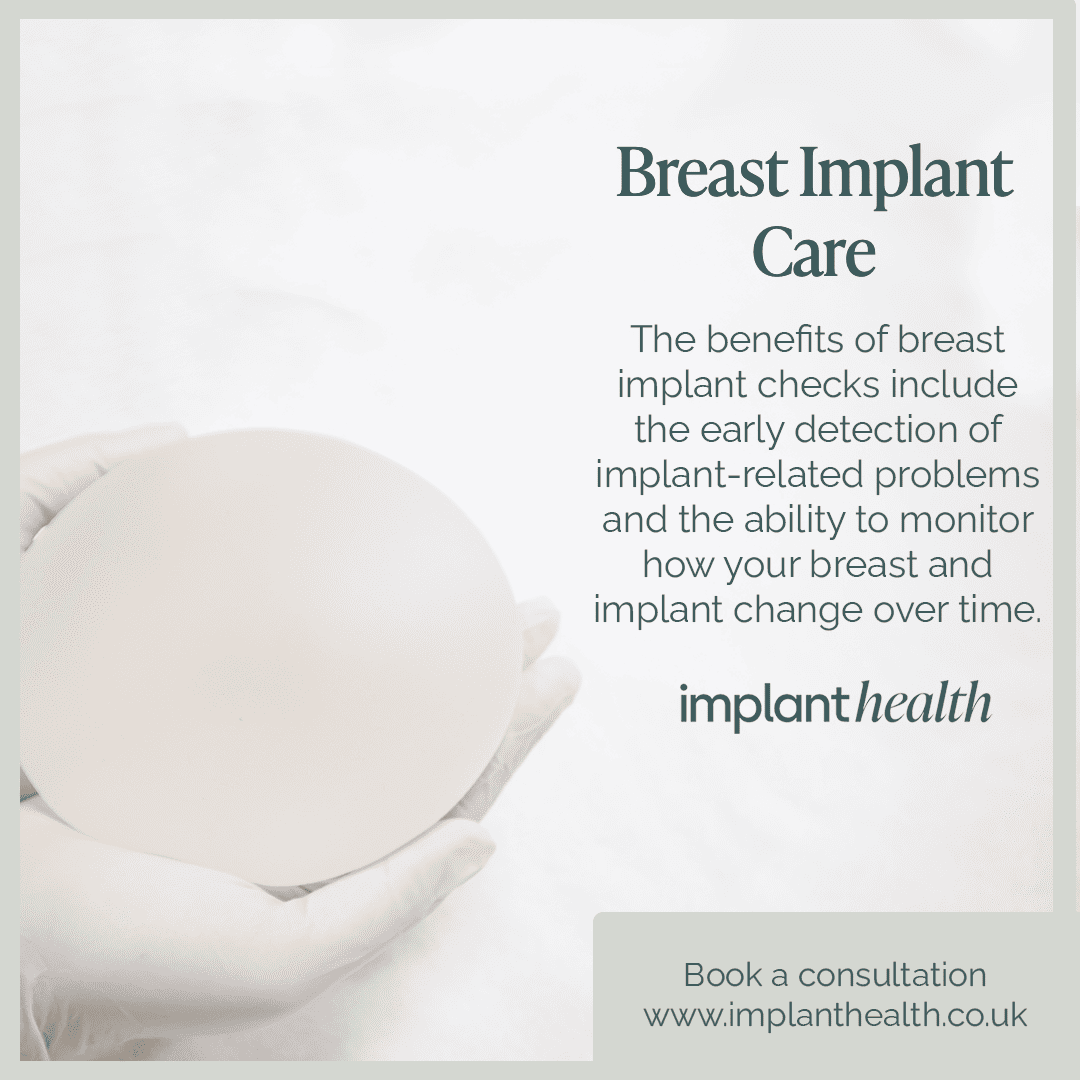My breast implant is the wrong shape – what can I do?
Whilst extremely rare, breast augmentations do carry a slight risk of complication. One of the main symptoms that something is wrong is a significant change in the look and feel of your implant.
In this blog, we will look at some of the possible complications that could cause your breast implant to change shape and treatment for each condition.
What are the complications?
Breast augmentations remain the most sought-after cosmetic procedures around today. Now, complications from breast augmentations are rare but it is important to have your implants checked by a professional to treat the issue.
On average, the lifespan of both saline and silicone breast implants is around 10 years. After this time, it is recommended that you have them replaced or removed. However, during the lifespan of your implant, we recommend you book regular breast health screenings to ensure your implant and surrounding breast remain healthy.
Here are some complications that could cause your breast to change shape:
Capsular contracture
Following breast augmentations, it is natural to develop a thin layer of scar tissue over the surface of the implant. If this tissue becomes abnormally thickened it can cause discomfort in the breast and result in it changing shape.
We call this a capsular contracture and sometimes will recommend further surgery to remove the affected tissue.
Breast Implant Ruptures
Breast Implant Ruptures are more common in older implants, but they can occur at any time. If you have a saline implant, one of the main symptoms to look out for is a significant change in breast shape, and size.
In silicone implants, ruptures may be a little more difficult to identify as the silicone generally remains around the breast tissue, but you may notice hardening of the breast.
Breast Implant Rupture treatment typically involves surgery to remove the implant, and replace it if necessary.
Breast Implant Malposition
This can happen following the initial surgery, or later in life but Implant Malposition happens when the implant changes position in the breast. Changes can include rotation, flipping, and slipping but all will manifest as a change in overall breast shape.
If you suspect your breast implant has moved, contact your surgeon, or book a screening at one of our facilities. A qualified surgeon will be able to correct the implant position or replace it if necessary.
Seroma (fluid around the implant)
If your implant ruptures or you have developed a minor infection, fluid can collect around the implant which in most cases causes the breast to increase in overall size. You should always seek professional help to identify and treat the seroma to mitigate any further problems.
Will breast implant screening help?
Yes. Regular breast screenings can monitor how your breast implants change over time and the overall health of the surrounding breast. Any change in shape or size will be detected during your screenings, and we will be able to identify the cause and recommend a suitable course of action.
For more information on breast implant infections, or to book a breast health screening contact our team at Implant Health.




